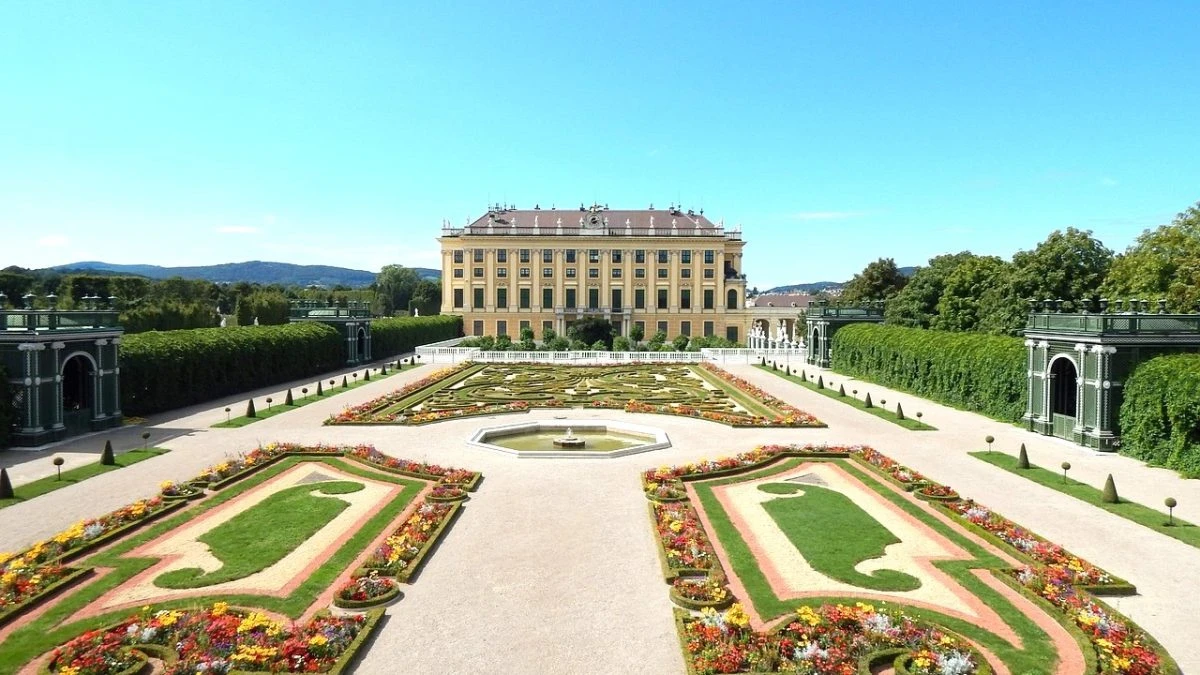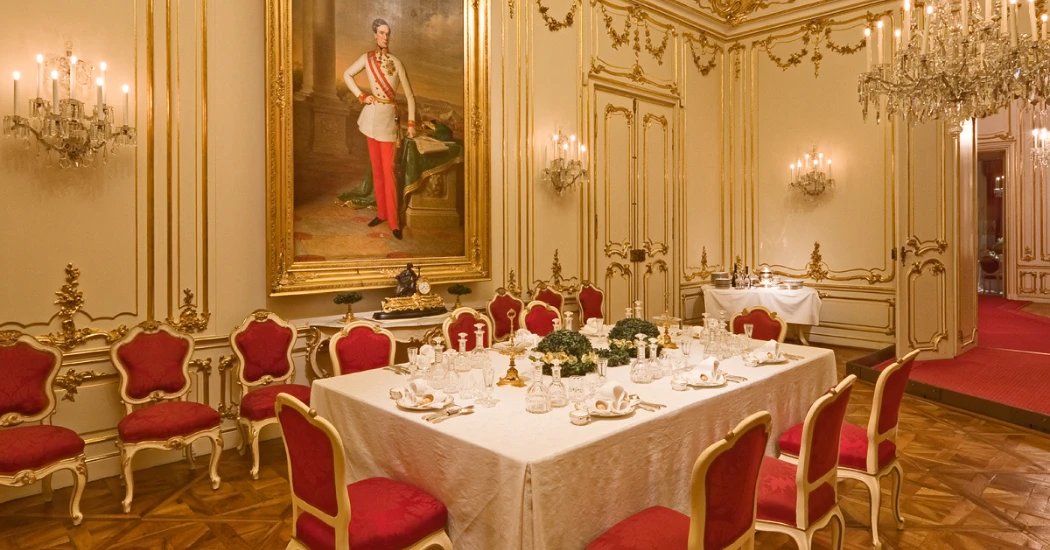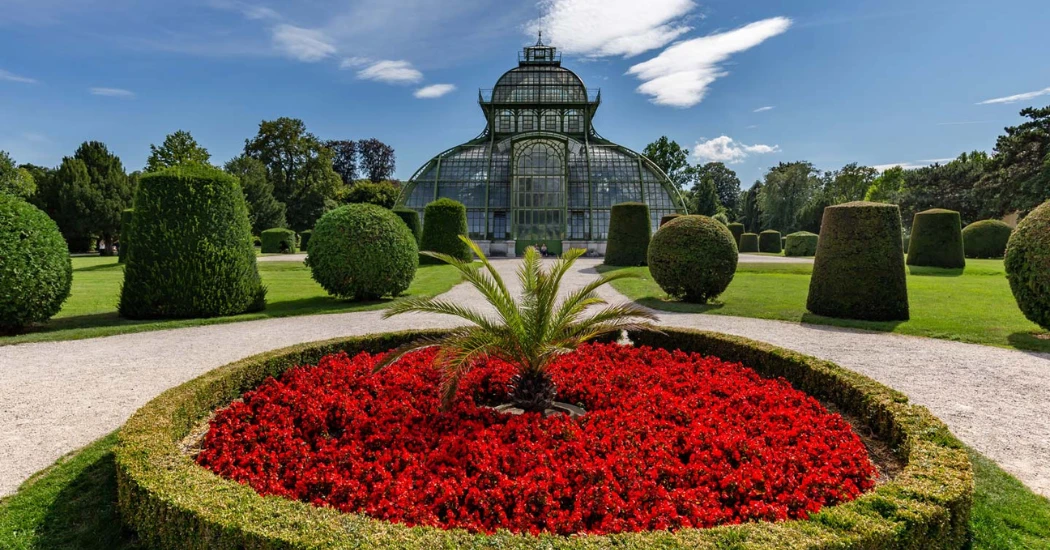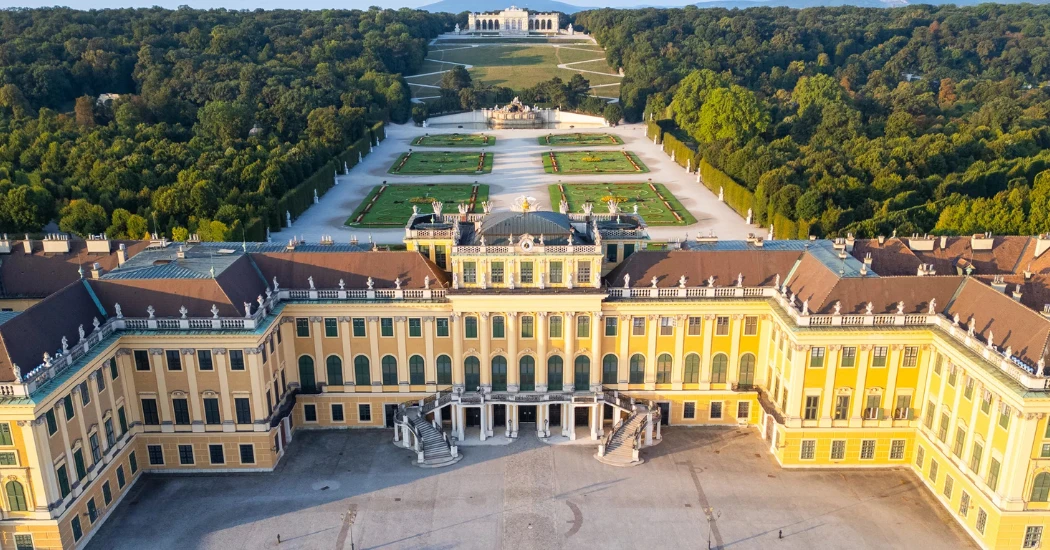Inside the Architecture of Schönbrunn Palace
Baroque, Rococo & Royal Genius

If you thought Schönbrunn was just a pretty palace, think again.
Every window, room, and statue has a purpose: to impress, to function, and to symbolize Habsburg power.
From the outside symmetry to the inside sparkle, it’s a strategy, art, and royal drama rolled into one.
In this article, we’ll explore the palace’s architecture inside and out, so you know what to admire, what not to miss, and what’s worth buying a ticket for.
Quick Summary
“Schönbrunn Palace is a Baroque masterpiece with Rococo interiors, elegant symmetry, and clever design details that reflect imperial power and personal taste. From the dramatic façade to rooms like the Great Gallery and Mirror Room, every element was designed to impress, communicate status, and support the daily functioning of court life. This guide helps you decode the architectural styles, explore the hidden logic behind the layout, and notice details most tourists miss, inside and out.”
Schönbrunn’s picture-perfect exterior: What to notice before you even step inside
Stand in front of Schönbrunn Palace, and it feels like a royal stage set, because it was meant to be one.
The architecture follows Baroque ideals of grandeur and order, carefully designed to dazzle both commoners and visiting dignitaries.
- The entire complex is based on a central axis, giving perfect left-right symmetry. Great for photos and even better for court parades.
- The U-shaped layout has a central building with wings extending on both sides, enclosing the Parade Court like arms ready to welcome guests.
- Spot the Obelisk Gate, crowned by an eagle: a clear nod to imperial power. Look closer and you’ll see sculptures of the Labors of Hercules, reinforcing strength and virtue.
- The external staircases you’d expect from other palaces? They were removed in later renovations to allow seamless carriage arrivals at court.
- That distinctive Schönbrunn Yellow facade wasn’t a coincidence. It became official in the 19th century and remains a recognizable symbol of the palace.
It was all built not just to look good, but to show the world the might of the Habsburgs, without saying a word.
👉 Curious about the stories behind these design choices? Dive deeper into Schönbrunn Palace’s history to see how politics shaped its look.
Did you know?
The Schönbrunn Yellow color became so iconic that many Viennese buildings copied it in the 19th century.
Inside the palace: Royal rooms you can actually visit

Step inside Schönbrunn, and you step into a golden world. Each room is a statement of power and personality, reflecting centuries of imperial taste.
- The Great Gallery is the crown jewel: 40 meters long, covered in mirrors, gilded stucco, and a ceiling that tells allegorical tales. This is where emperors hosted balls, banquets, and state ceremonies.
- The Small Gallery is more intimate, used for family events and private gatherings — yet still unbelievably detailed.
- The Blue Staircase, constructed from a former dining room, serves as a grand entrance to the state rooms on the first floor (piano nobile).
- You’ll also find the Chapel Staircase, which leads up to the emperor and empress’s apartments, think of it as their royal hallway.
- The Imperial Apartments in the East Wing housed Maria Theresa’s audience room, bedroom, and her husband, Franz Stephan’s, personal quarters.
- Above the main floor, a mezzanine level was added for the children’s quarters, because even imperial kids needed their own space. Some of these spaces also house fascinating museums and exhibits, worth adding to your tour.
- And don’t miss the Court Chapel, largely unchanged since the early 1700s, yet still feels timeless.
Tip for visitors: If you purchase the Grand Tour ticket, you’ll gain access to both the state apartments and the private rooms, making it worthwhile.
👉 Explore more about the Schonbrunn Palace rooms, from grand halls to intimate family apartments, before you go.
Baroque vs. Rococo: How to tell them apart at Schönbrunn
If you’ve ever wondered whether Schönbrunn is Baroque or Rococo, it’s both. However, each style has a distinct vibe, and you can easily identify them if you know what to look for.
| Style | Where to see it | Key features |
| Baroque | Parade Court, Exterior, Garden Layout | Monumental scale, strong symmetry, drama |
| Rococo | Great Gallery, Salons, Ceiling Details | Pastels, gilded flourishes, ornate textures |
Pro tip: Baroque is all about power, while Rococo is more about pleasure. You’ll see both in action at Schönbrunn.
Why Schönbrunn’s gardens matter as much as the palace itself

Skipping the gardens at Schönbrunn is like skipping half the story.
They were designed in tandem with the palace, using Baroque principles to create balance, drama, and symbolism.
- From the back steps, you’ll see the main garden axis stretching all the way to the Gloriette, a triumphal structure atop the hill.
- This long sightline creates a sense of control over nature, a key goal in Baroque garden design.
- Architectural features like the Orangery, Neptune Fountain, and Roman Ruins weren’t afterthoughts. They were planned to impress and educate.
- Don’t forget the Tiergarten, the world’s oldest zoo, which was originally built to showcase rare animals for the court.
⭐ Explore Schonbrunn Palace’s Gardens!
Design tricks tourists usually miss (but you won’t)

Even if you’re not into architecture, Schönbrunn has smart details that’ll make you say “Wow!” once you know what to look for:
- The Empress Staircase was hidden from public view, providing Maria Theresa with direct access without being seen by the crowds.
- The two inner courtyards (or quadrangles) weren’t just for light. They helped with airflow, privacy, and the separation of royal zones.
- The Cavalier Wings look decorative, but were actually used to house elite court staff.
- Staircases like the Blue Staircase were not only artistic but also planned around strict court ceremonial rules.
- The entire layout allows different people to move through the palace without crossing paths; royals, staff, and guests have separate circulation paths.
“Schönbrunn isn’t just decorative. It’s political architecture. Every hallway, mirror, and garden path was crafted to shape how people perceived power.”
— Dr. Julia Varga, Art Historian specializing in Habsburg visual culture
👉 Want to avoid long lines while uncovering these secrets? Consider booking a skip-the-line guided tour for insider insights.
Final thoughts: Why Schönbrunn is more than just pretty walls
Schönbrunn may wow you with glitter and grandeur, but its true brilliance lies in how every architectural choice tells a story.
It’s where beauty meets strategy, and where even a wall or window has something to say.
This is a palace that doesn’t just look royal. It feels it.
